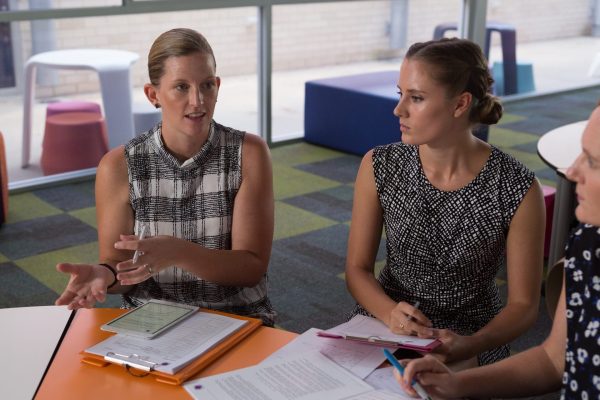How many times have you heard, or taken part in, discussions on the quality of teaching? But what do we mean by quality teaching, how is it measured, and what are the strategies to improve teaching practice?
The desire to improve teachers and teaching is bandied around in the media and by politicians, often in ways that don’t respect the complexity of classroom practice or that are simply disrespectful of teachers and the work that they do.
In 2019, Deloitte Access Economics published a report which found that the most important in-school factor driving student outcomes was teaching practice. According to the report, the effect of teaching practice on student outcomes is twice as great as the next most significant driver — the classroom environment.
So how do we define and understand quality teaching?
What do we mean when we say ‘quality teaching’? What are its main characteristics and what do we know about its impact on student outcomes?
As a profession, we have struggled to define quality teaching. This lack of definition often leads to assumptions about the quality of teachers as apposed to teaching. It can lead to ideological battles about teaching strategies such as explicit instruction vs inquiry learning, teacher directed vs student centred learning when, depending on the context, the lesson and the needs of the students, all these teaching approaches can be valid and impactful.
What’s most important to ensuring learning is the quality of teaching delivered.
As we would think about the practice of law, or the practice of medicine, the QT Model is about the practice of teaching – key principles that underpin what constitutes quality teaching.
Based on evidence of what makes a difference to student learning, the Model focuses on three key concepts: 1) the need for intellectual quality, rigour or challenge in every learning experience; 2) the need to create quality learning environments that support students and their learning; and 3) the need to increase the significance of student learning so they can see its connection to the world beyond the classroom.
The QT Model seeks to change the narrative by empowering teachers to empower each other.
What is the QT Model?
Through ongoing rigorous research, we found that having a quality teaching framework is not enough to improve teaching practice. The QT Model provides the shared conceptual language for defining and understanding quality, but it’s when the Model is applied through the powerful processes of Quality Teaching Rounds does real improvement occur.
QTR is an approach to teacher professional development applicable to every grade, subject and teacher career stage.
One initiative, broad impact.
Quality Teaching Rounds traditionally starts with two teachers per school attending a two-day QTR Foundational workshop.
Those two teachers then join two more teachers back at school to form a professional learning community where they observe a whole lesson of one PLC member, analyse and discuss the lesson using the QT Model to collaboratively refine their practice. Completing a ‘set of Rounds’ means this process is repeated on separate days until all four teachers have taught an observed lesson. Those teachers can then form new PLCs with other teachers to lead them through the process and ‘ripple’ QTR across your school.
Our research shows, that by following this process participating teachers deliver improved quality teaching and experience enhanced morale, greater collaboration, self and collective efficacy, and a better school culture focused on teaching and learning. Our most recent randomised controlled trial found that student achievement in mathematics was 25% greater when their teachers participated in QTR compared to a control group.
Since 2019, more than 3,500 teachers from more than 1,200 Australian schools have participated in a QTR workshop, potentially impacting as many as 400,000 students.
Resources matter too
In the quest to improve teaching and learning we must support teachers with professional development shown to work.
Yet it would be remiss not to acknowledge the enormous contribution of out-of-school factors in determining student outcomes.
Studies, both in Australia and internationally, point to socio-economic inequalities having concentrated and considerable effects on student engagement and achievement. Inadequate resources and disadvantage in low socioeconomic schools play a significant role in students’ poorer educational outcomes.
Teachers, teaching and teacher education cannot alone make the improvements sought without considerable commitment to, and investment in, rectifying longstanding inequalities.


